2025 – CHW
Rhododendron ‘Fragrantissimum’ at its absolute best outside the front door.
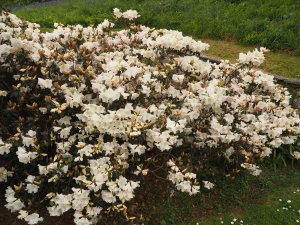
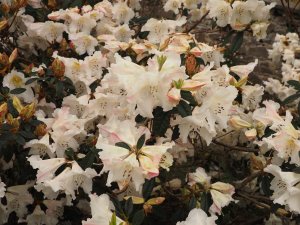
A tour with the new owners of Trevella.Viburnum setigerum in flower.
Rhododendron johnstoneanum ‘Double Diamond’ looking a bit sick after the drought. An easy seller and one for Asia to propagate.
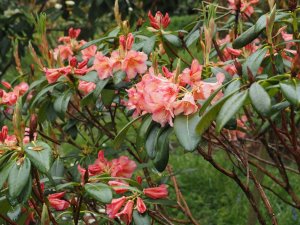

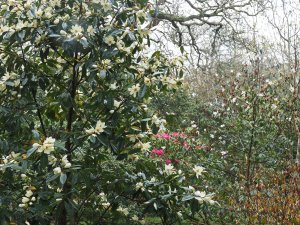
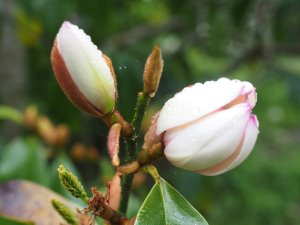
Up to the greenhouse to photograph some of the malus species and varieties which we are now assembling to plant in the autumn/spring in the Kitchen Garden now it is completely cleared. A lot more to obtain before we start to lay it out but it will eventually be a fine show for visitors in early May when the best of the rhododendrons may be over in an early spring like this one. Most of these varieties are completely new to me and Caerhays but several look fantastic.The wisteria by the Playhouse now full out with no leaves as yet.
Allen Coombes has asked for photographs and tree measurements of rare species of oaks within the Cyclobalanopsis subgenus of Quercus. Allen is writing the International Dendrology Society New Trees website for this genus which is a gigantic task with 6-700 species worldwide. There are 150 species within Cyclobalanopsis. We grow only eight within this category:Quercus morii (young plant)Quercus fleuryi (almost too tender for us)Quercus lamellosa (original introduction Forrest 1924)Quercus oxyodon (original introduction Wilson 1900)Quercus glauca (original introduction)Quercus gilva (young plant)Quercus myrsinifolia (original introductions)Quercus stenophylloides (small tree from an Allen Coombes collection)Quercus stenophylloides is more or less evergreen but has recently shed its old leaves as the new growth emerges. Planted in 2008 and now about 15-18ft tall.
With all the politics and spite from the media the government is finding itself dithering over lockdown. A few (supposed) facts from Stanford University appear over the weekend with regard to COVID in New York. Ninety-nine percent of COVID deaths in New York State also had underlying illnesses. If you do not have a chronic condition your chances of dying from COVID are very small. Younger people in normal health have almost no risk.Only 1.7% of people with the virus aged 65 to 74 actually went into hospital. It is therefore likely that medical care is hardly necessary for the vast majority of people who are infected.No worse than a bout of winter flu as I speculated in this diary five or six weeks ago. Herd immunity is happening (as the chief medical officer let slip at an early press briefing) and would have happened more quickly but for lockdown.If the NHS had not chucked thousands of elderly, dementia etc patients out of hospital into care homes (to make way for what did not happen in hospitals) then many more might well have survived for longer and the death statistics might be less awful and, therefore, less of a source of the current political uncertainty over when to end the lockdown.The NHS’s rapid reaction to the crisis by cancelling everything will undoubtedly add to the death toll and the misery of a country in recession.So the ‘mistakes’ are not really about the lack of PPE, the lack of instant tests (which prove little on an ongoing basis) or not enforcing a lockdown more quickly. The mistake was a panicked overreaction to the reality of what the country faced. Our obedience in lockdown is clearly admirable but the cost per death to everyone is in ongoing billions which will cause far more misery.Historians will make much of this but the public inquiry will be the usual fudge which does not really blame anyone. Just look at the public inquiry into weapons of mass destruction and the gulf war.A consignment of rare plants from Crug Farm nurseries arrived by courier yesterday. The list of plants is attached here. Lots of fun in lockdown reading up about these new things and thinking where we might put them. The owners of Crug had planned to stay and visit Caerhays at the end of the month and would have brought the plants with them.Ilex cornuta which we hope to add to the Burncoose catalogue next year from Asia’s successful propagation. A dense, squat, low growing and spreading species which would do well as a windbreak as it is here.
2019 – CHW
Now staying at Ockenden Manor Hotel, Cuckfield near Haywards Heath.
Gravetye gardens are a treat, the (oval) walled garden was created by William Robinson and the borders in view from the hotel restaurant were splendid. Lunch also exquisite but very slow. Staff had no English so were upset when we left without waiting for the pudding after two and a half hours!
This Tropaeolum […] in pots by the front was fantastic. I had not seen it before.
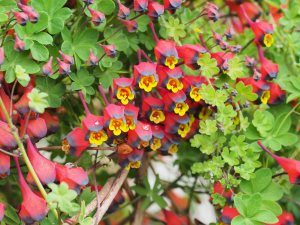
Here are a few outstanding plants from this 37 acre garden (and arboretum) which had 375,000 visitors last year.
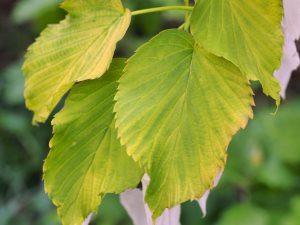
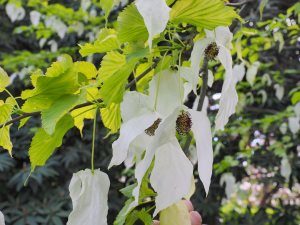
2018 – CHW
A trip around the garden with a charming researcher who is interested in compiling a history of Sir Reginald Cory of Dyffryn House (1871-1934). The property is owned now by the National Trust after 60 years of ‘control’ by Cardiff council. Sir Reginald was a sponsor of three of George Forrest’s expeditions and visited Caerhays in April 1919 (as attached). Philip Tregunna won the RHS Reginald Cory cup for Magnolia ‘Caerhays Surprise’ (the best new plant bred or introduced to cultivation that year) in 1973. All Sir Reginald’s papers were ordered to be burnt on his death. It is thought he was a founder member (with JCW) of The Garden Society (founded 1923) but it does not seem he was a member of the Rhododendron Society (founded 1916). Quite what he hoped to create or achieve from his enormous financial contributions to the Forrest expeditions to China remains a key mystery. No garden records remain at Dyffryn and it is not a rhododendron or camellia growing area. I fear the trip did little to resolve the mystery but the garden here looked splendid.
This has been called Azalea ‘Tebotan’ but it is not quite. As I remember it one of those double flowered azaleas from Christmas 40 plus years ago which survived being planted out. They would not today.
Another roe deer sighting by Michael on the cutting above the beach. The damage to the young camellias above the Auklandii Garden is recent and obvious. This is probably the culprit. A 5am surprise perhaps.
Michelia x foggii ‘Allspice’ (planted 2005) has been very slow to come into flower having shown colour for some weeks. We now have three plants of Michelia x foggii with their distinctive dense dark green foliage and golden indumentum on the buds. Not far off Michelia doltsopa and not much like Michelia figo really.
Not much joy on the michelia hunt which has not been seen before. Two more Michelia ‘Touch of Pink’ flowering away in more exposed positions (and a bit deer nibbled) than the main plant features earlier. They however appear to be on the way with plenty of space to grow on.
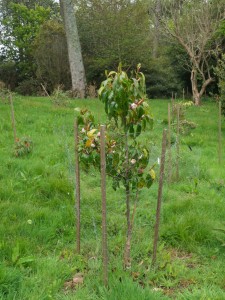
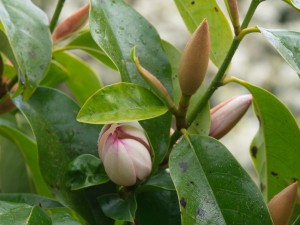
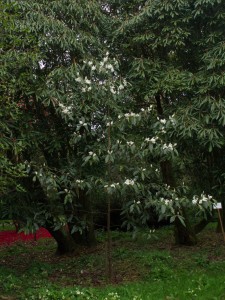
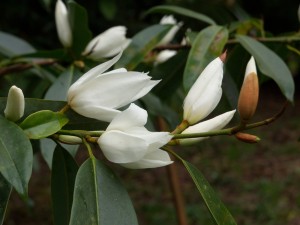
The Michelia foveolata is, I am pretty sure, Michelia maudiae. I had thought that the touching Lindera megaphylla were elderly and on the way out a few years ago but now it looks a daft place to have planted it.
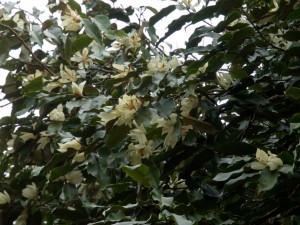
The mature Michelia floribunda has a branch laden down with flower which is close enough to photograph properly. The flowers are full out and have lost most of their orange tinge. Too windy for any scent. We must collect seed this autumn as the flowers are still undamaged.
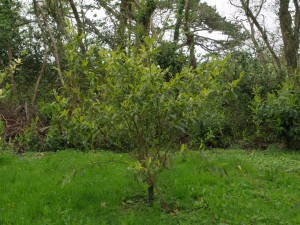
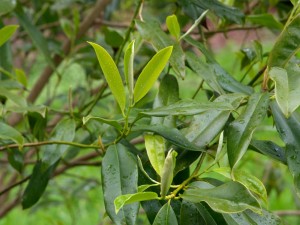
Nothing else to report from Michelia martinii or any of the other newer species and hybrids planted in last 10 to 15 years. One or two of the new manglietia of the same vintage look more promising for a bud or two later in the summer.
Back in the yard we host three choirs as part of the Cornwall Music Festival. A big showing of Welshmen who appear to have had a liquid night and arrive an hour late. The contingent of Spaniards (Basques?) in full uniform with a separatist flag which they parade on the Nobby perhaps to support Mebyon Kernow. The famous Yank choir from Maryland fail to turn up much to the annoyance of the Welsh whose hangovers now need more than our tea rooms can offer and have waited on. The Yanks have gone to Heligan to pay and view the gardens as their (no doubt un-induced) driver would not come to Caerhays due to ‘bad roads’. The choirs were originally to go to Heligan but Heligan had another event and could not host them. Nice of Heligan to let us know! Lucinda unamused at this fine example of close cooperation between the Great Gardens of Cornwall. The other choirs had huge buses and no problem at all. Coach driver ‘inducements’ are clearly the way forward.
1999 – FJW
April wet – but not as wet as 1998. House martins late. 2 only appear to start being busy today. Chestnuts late. Beech as Truro. Magnolias have been good. New plantings beginning to show their value.
1967 – FJW
The Queen Mother visited the garden in pouring rain.
1949 – CW
Visit of Rhododendron Conference 2.30 – Hester’s baby at 3.15. About 100 there, 10 to 12 Americans. They saw Davidsonianum, Augustinii, Sinogrande, Williamsianum, Auklandii at thier best. Also many hybrids. Camellias over but odd flowers even on Reticulata. Two ot three flowers still on Mag sargentiana.
We have had a very dry time and all flowers are at least ⅓ below normal size.
1929 – JCW
Augustinii and species very good, the first Maddeni x flowers opening hardy one in the 40 Acres. Saw Primula vaseri showing colour. Neriiflorum good for last four months.
1921 – JCW
Auklandii at its best. Zealanicum x Auklandii going over. Forrest’s early budleya is good. Yunnanense lot of it coming on. Wilson’s going off.




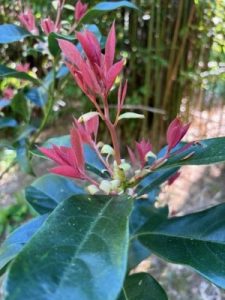
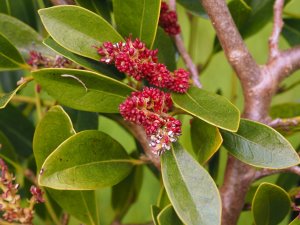
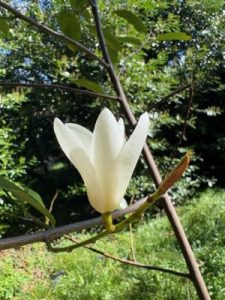
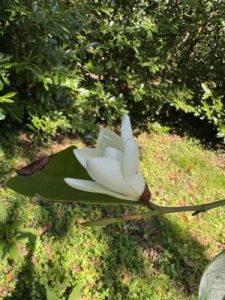
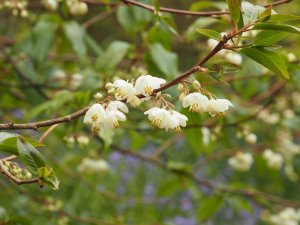
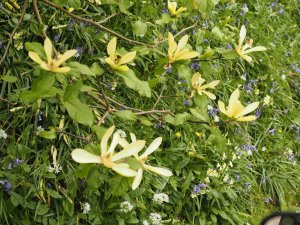
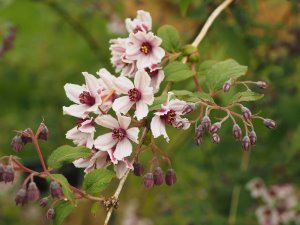
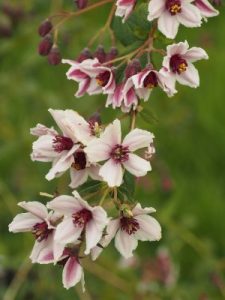
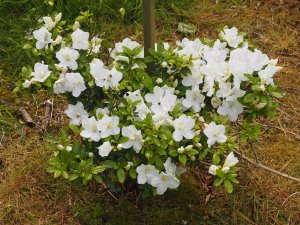
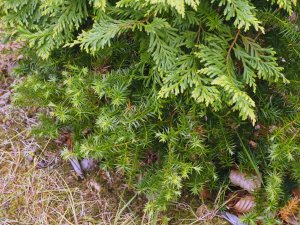
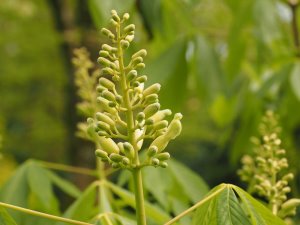
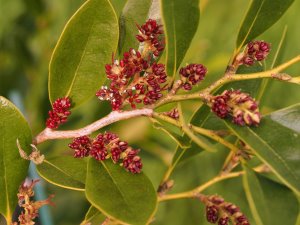
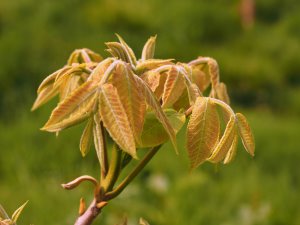
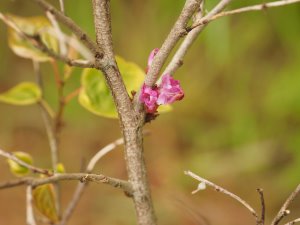
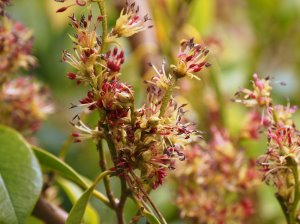
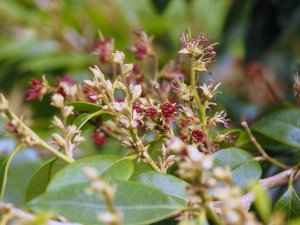

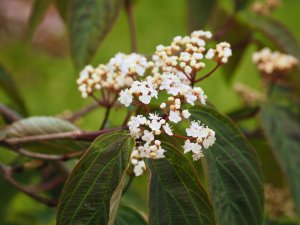


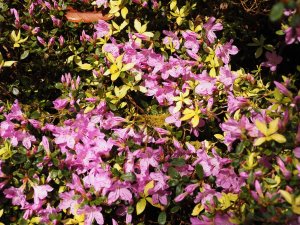
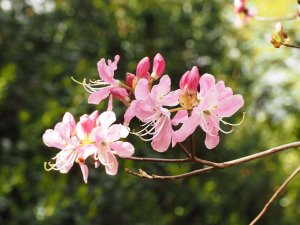
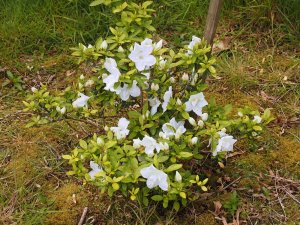

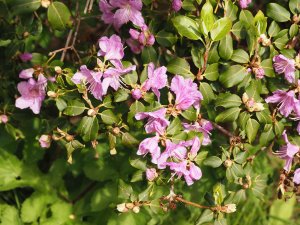
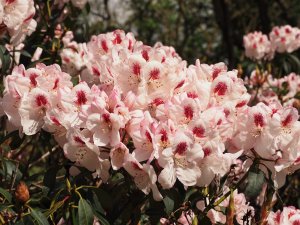

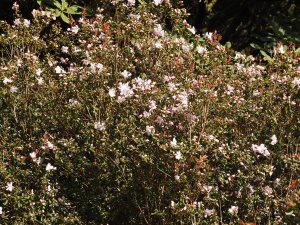


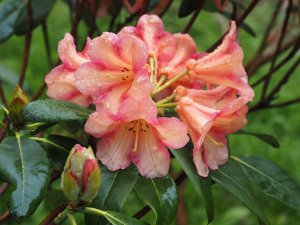

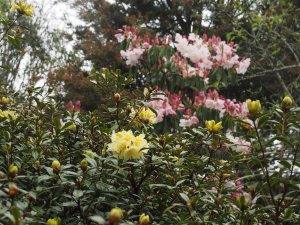
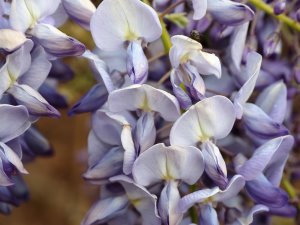
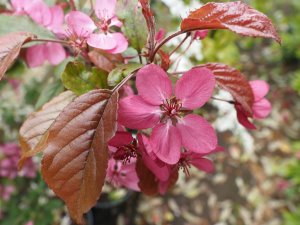

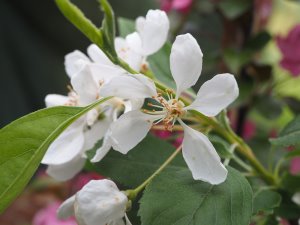
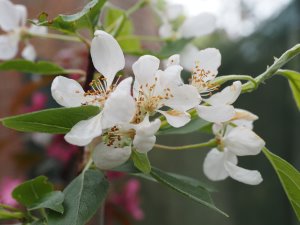
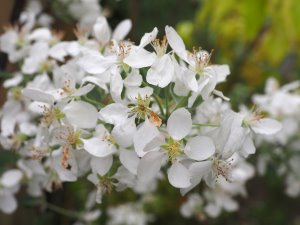
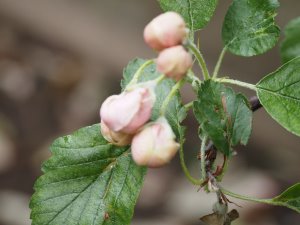
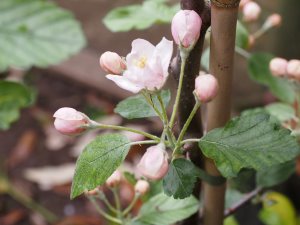
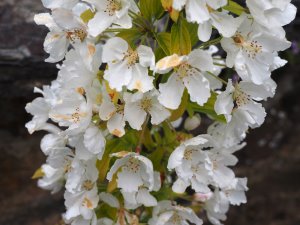
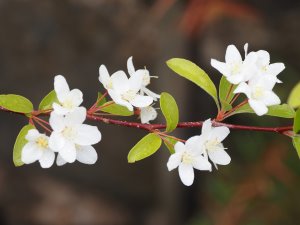
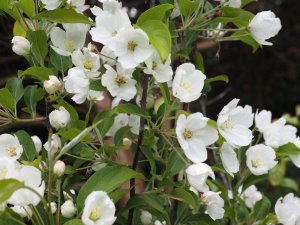
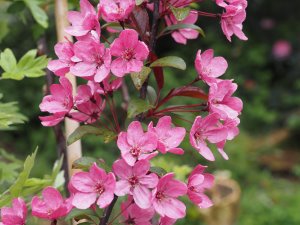
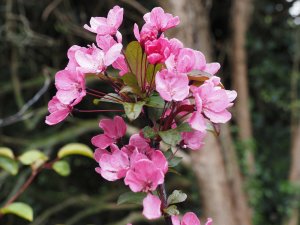
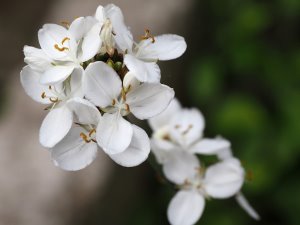
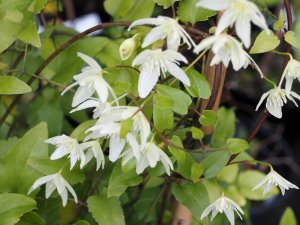
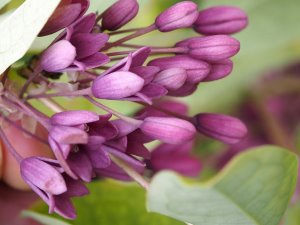
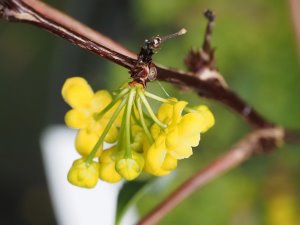
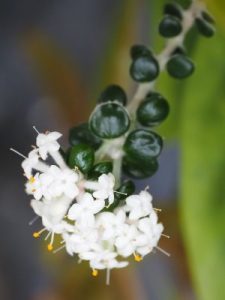
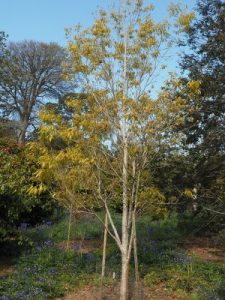
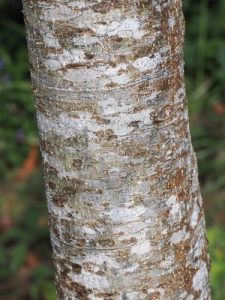
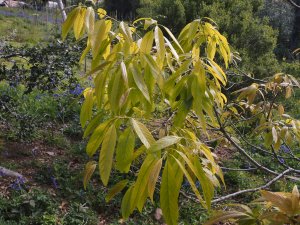
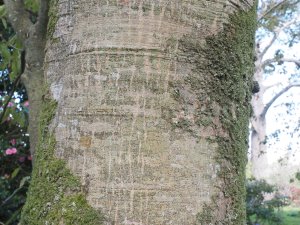
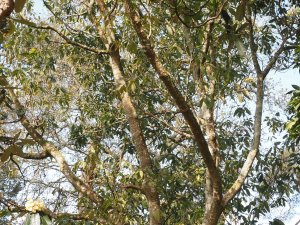
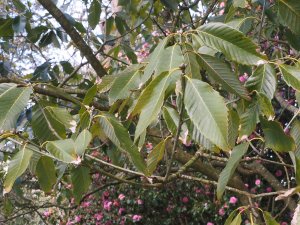
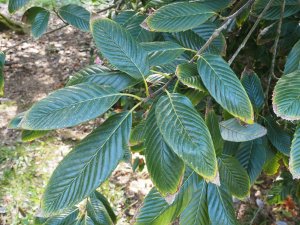
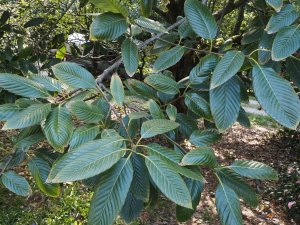
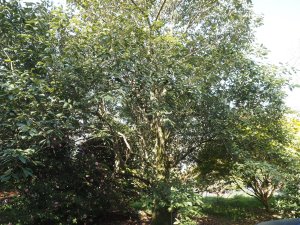
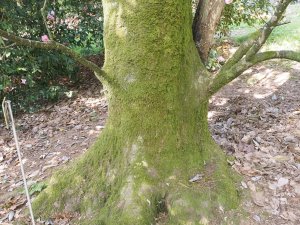
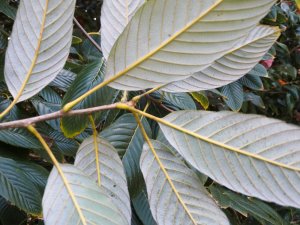
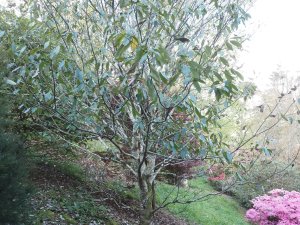
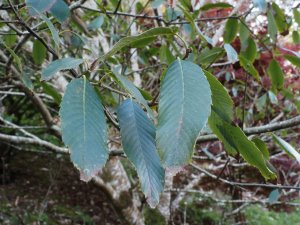
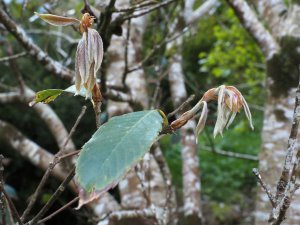
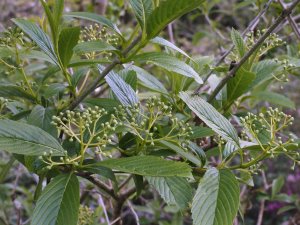
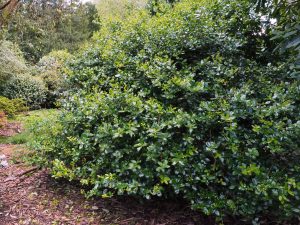
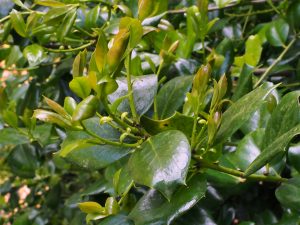
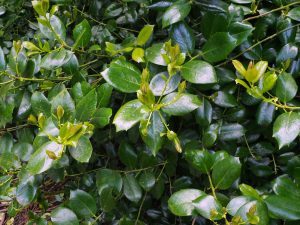
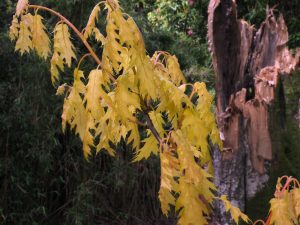
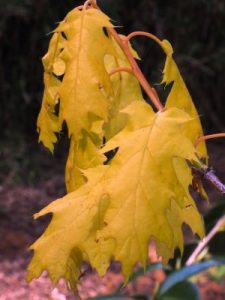
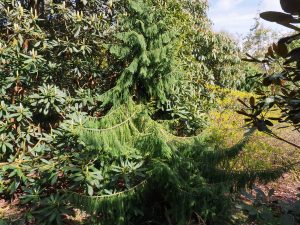
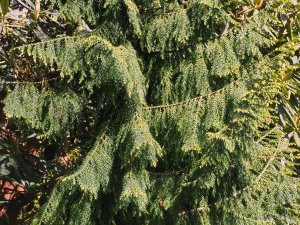
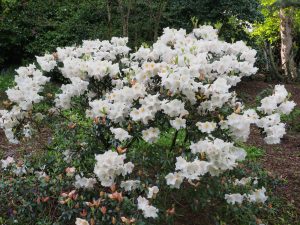
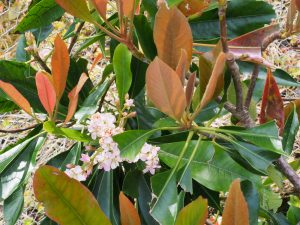
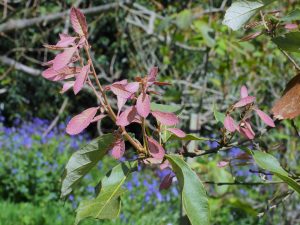
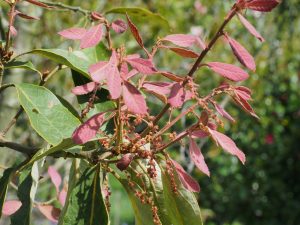
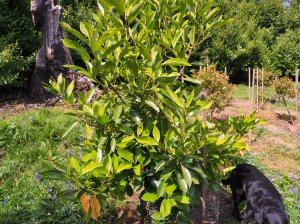
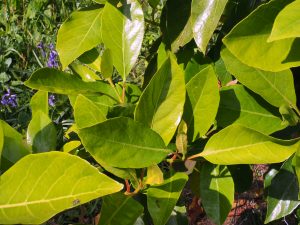

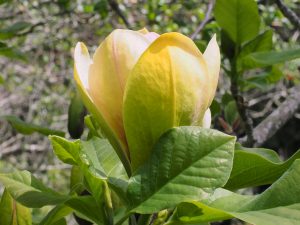
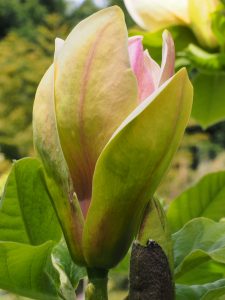
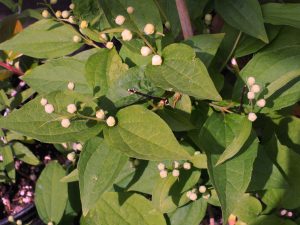
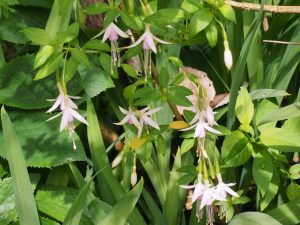
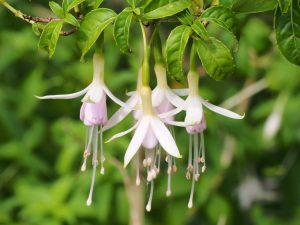
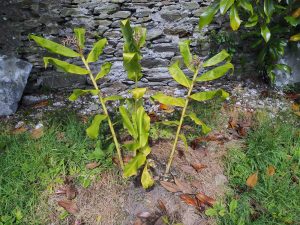
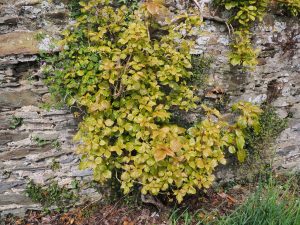
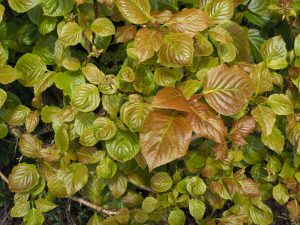
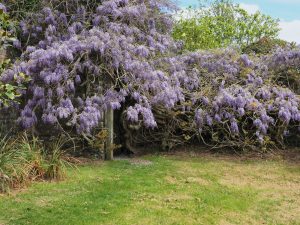
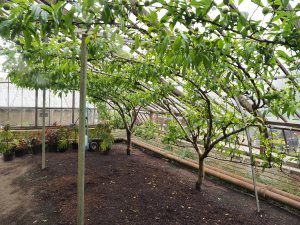
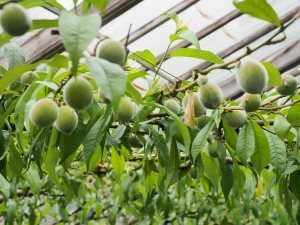
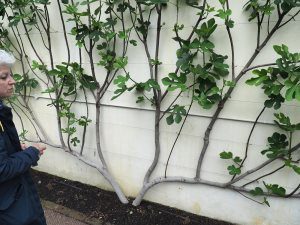
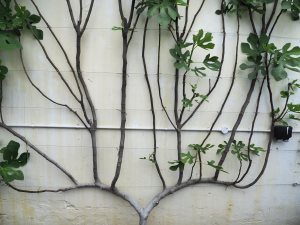
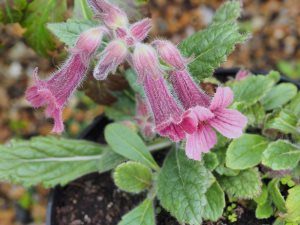
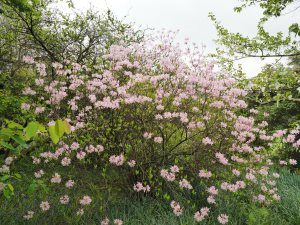
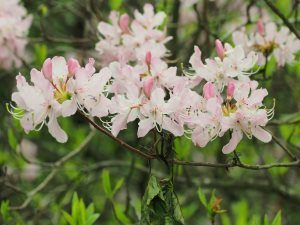
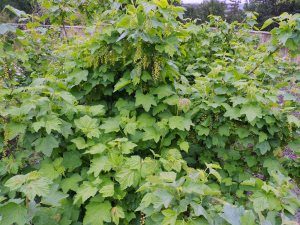
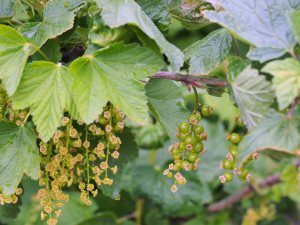
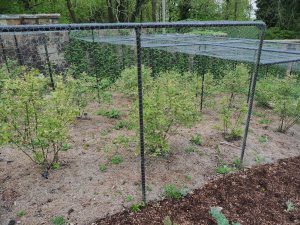

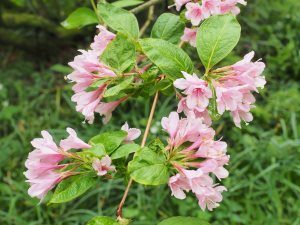
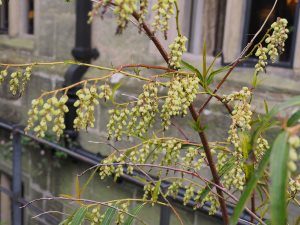
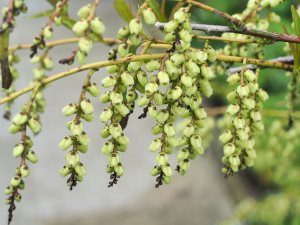
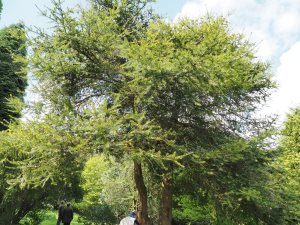
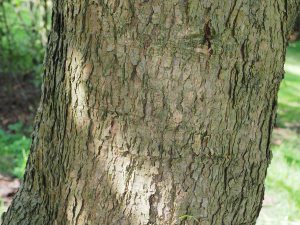
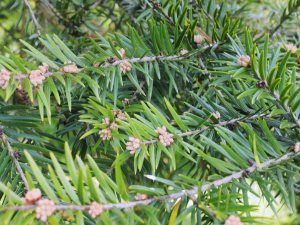
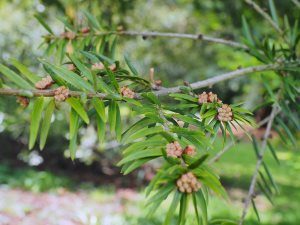
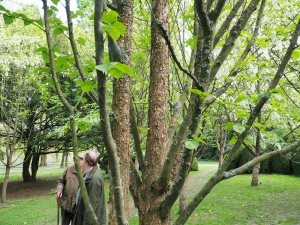
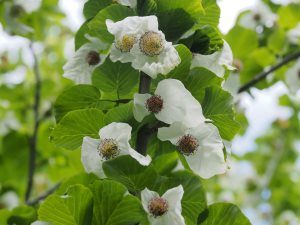
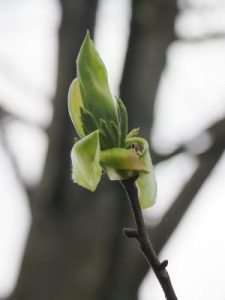
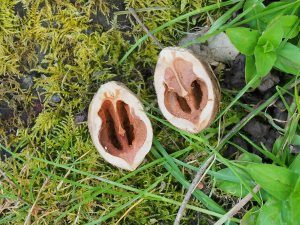
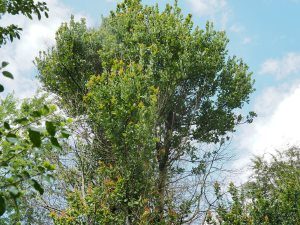
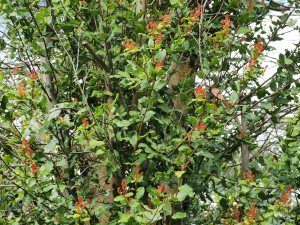
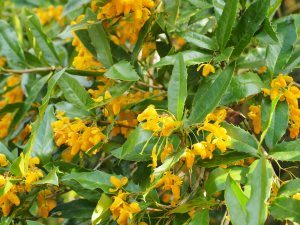
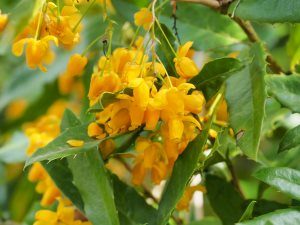
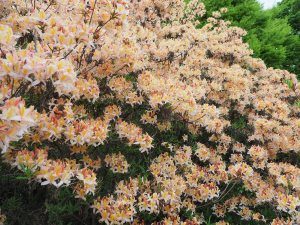
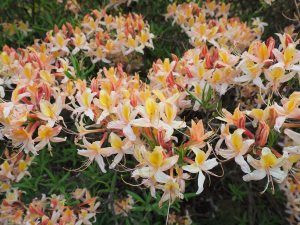
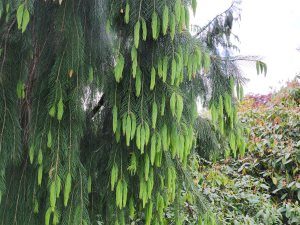
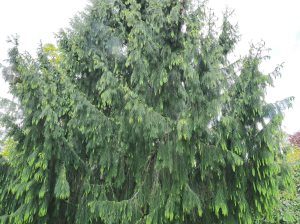
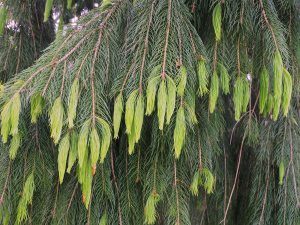
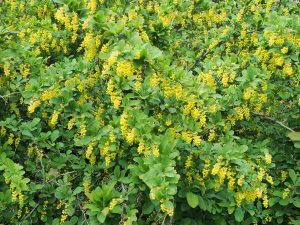
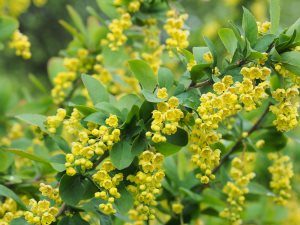
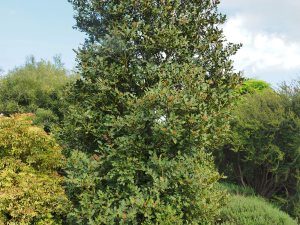
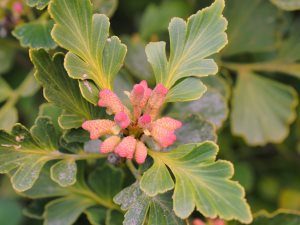
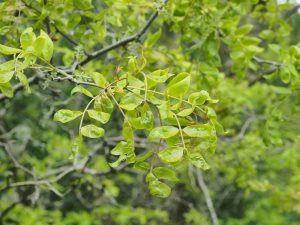
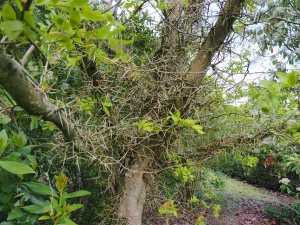
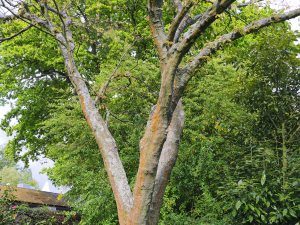
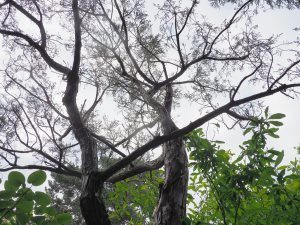
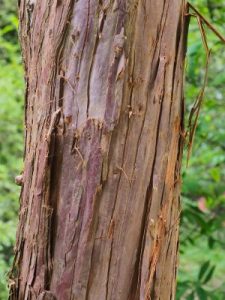
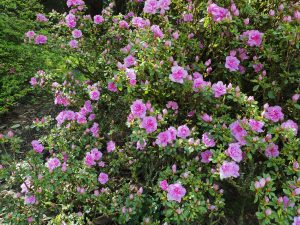
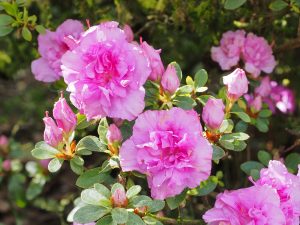
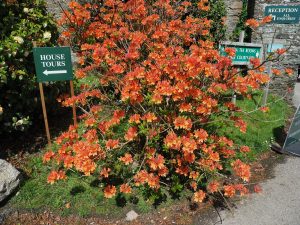
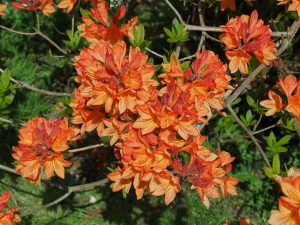

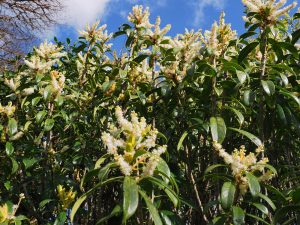
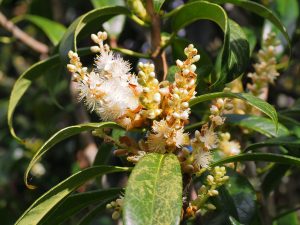
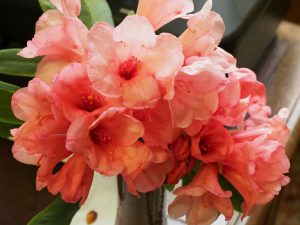
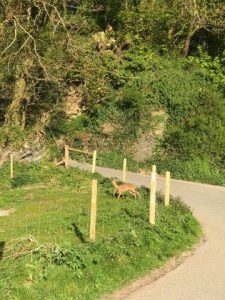
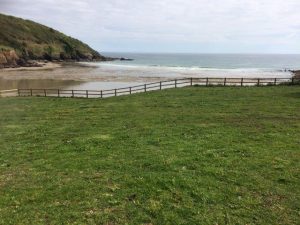
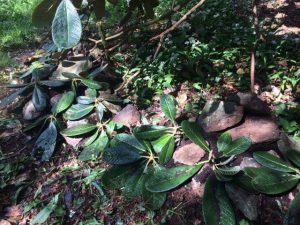
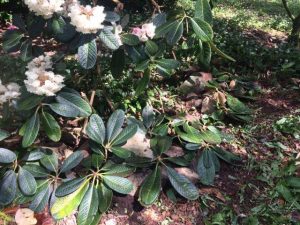


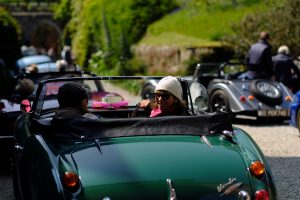

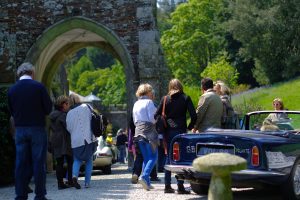
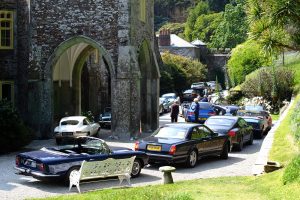

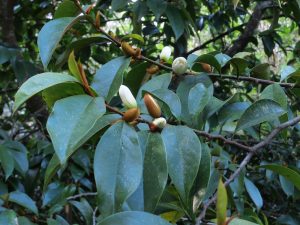
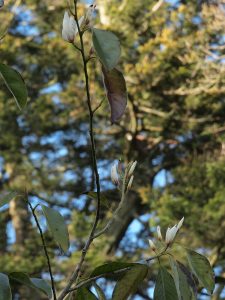
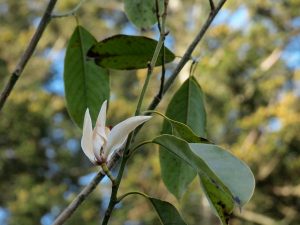
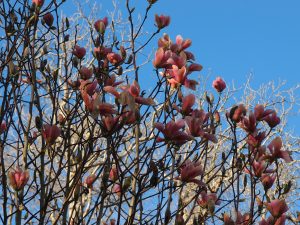
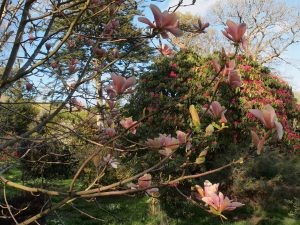
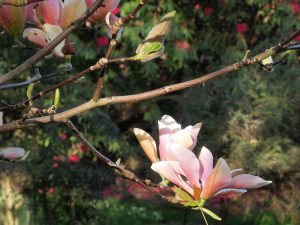
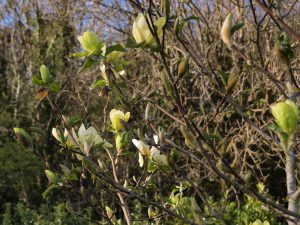
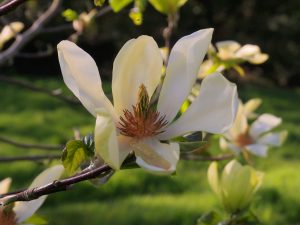
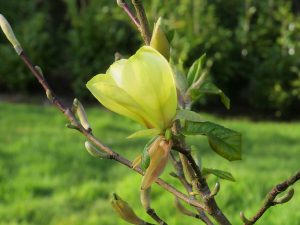
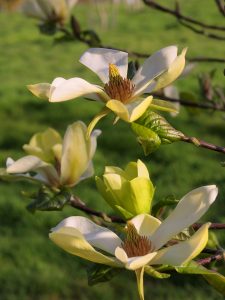
Peaches and figs have something in common, they best fruit on young, strong twigs, last year grown. Figs flower for a second time on this year grown shoots in July an fruit then again in october to november (fig-flowers look like small fruits as the flowers are inside). So always prune hard, don’t let branches become longe and staggering. (figs and peaches are common garden-trees here)
With Taiwania I’m afraid that cuttings mostly only yield pendulous, small trees, this is our experience. Otherwise they grow well here and doesn’t seem to be drought sensitive. If you want to try cuttings, then try it with the uppermost small twigs or the leader itself, it should get replaced, maybe with the help of a stick. Hard pruning of a thick branche could also yield upright shoots.